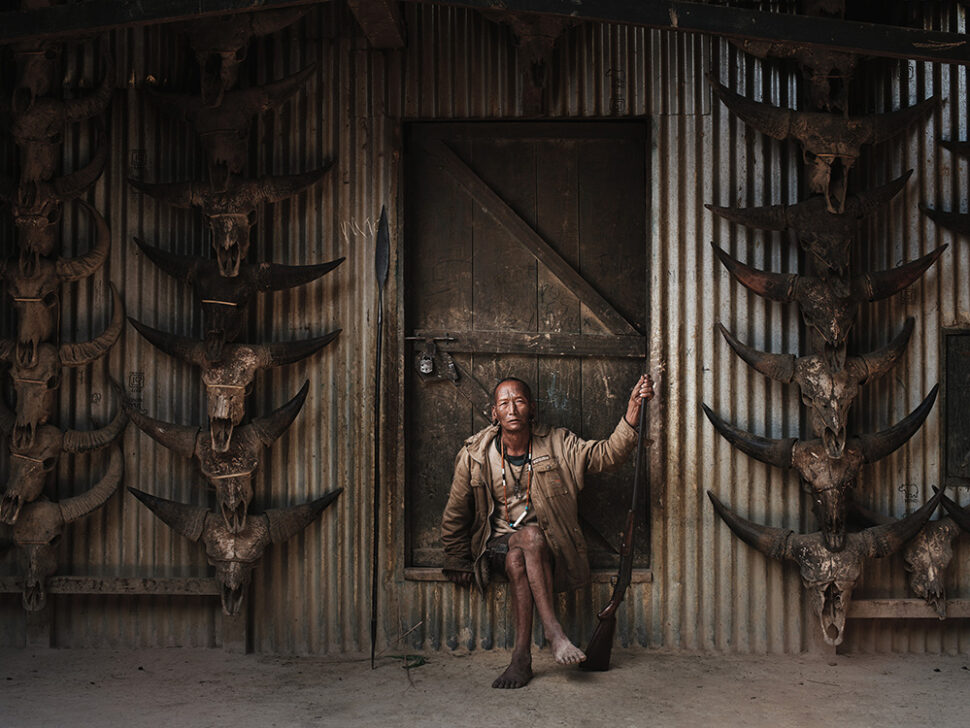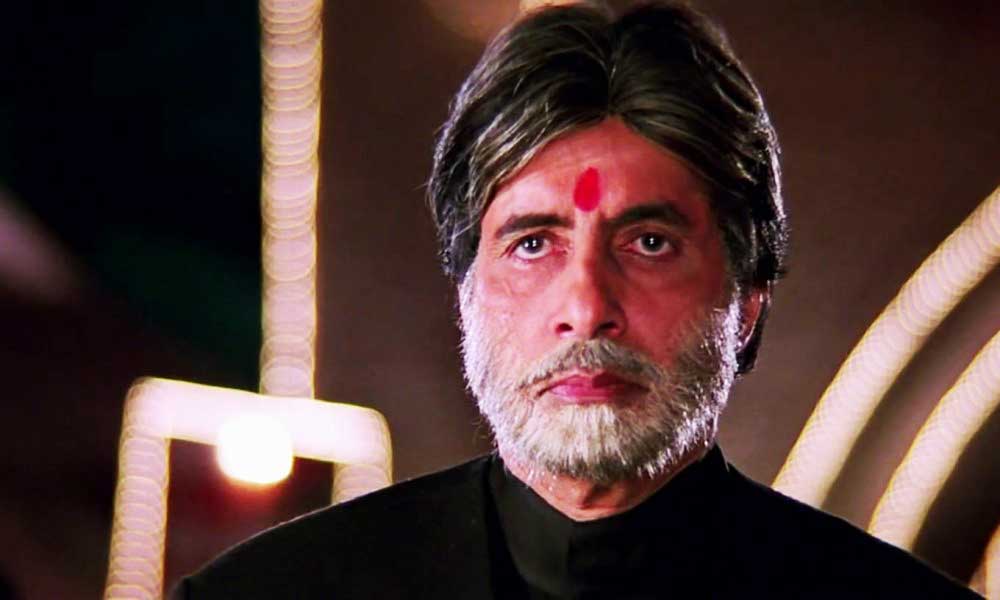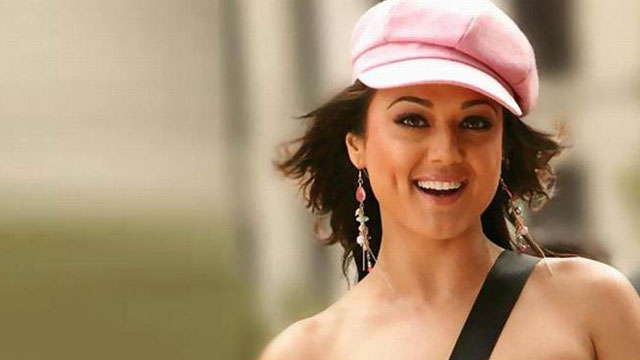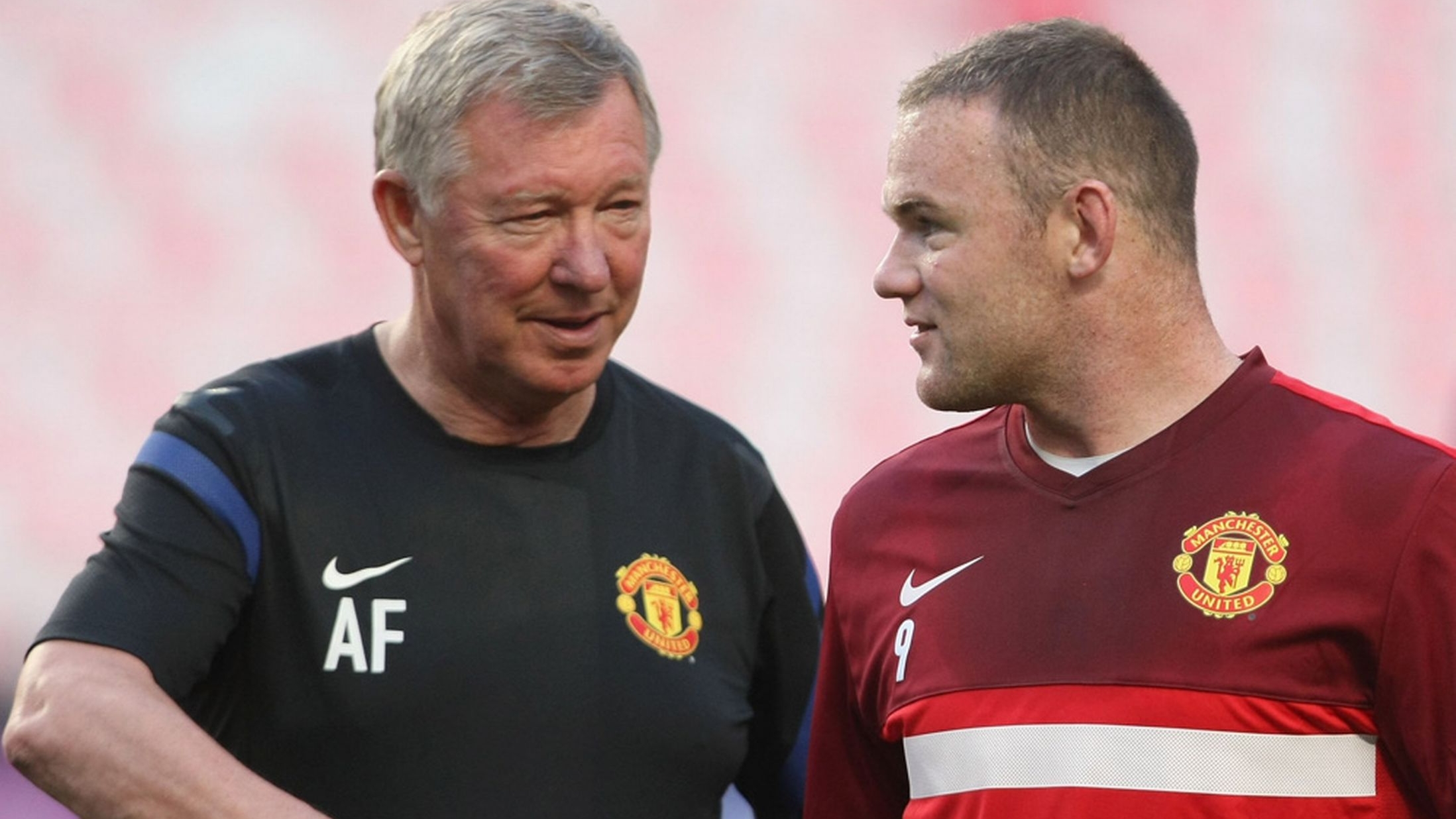Longwa is the village of the head hunters, the Naga tribes Arunachal Pradesh. They are known as Konyak, one of the oldest tribes that are recognized as the hunters of the human body. You will still find them heading towards the borders of Myanmar. The Himalayan Mountains with the spread of Konyak’s tribal culture; still seen but different from their forefathers.
Konyak is entirely different from the rest of the tribes of Arunachal Pradesh and other Naga tribes. The tribes’ appearance will put goosebumps when you will find their traditional clothing and dressings adding the ornaments to the body. As civilization modernized the use of the traditional dresses has been limited to a few people of the tribes. They also wear them during the ceremonies like Aoyan Monyu but mostly seen in the villages, if any kind of approach is possible as language and behavioral issues are still observed in the tribal belt.
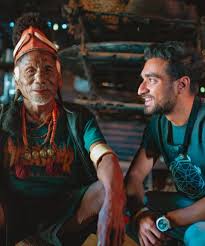
Head skulls, the sign of warriors hung indwells
Morong, the Naga tribes has taken as a privilege to hang the skull in their house. They have been great warriors who did not precede back to cut-off the head and keep their head as the sign of warrior and victory. The strength and power were shown through the skills they had taught which they exhilarated from their ancestors.
The faces with significant tattoos are the way to celebrate their victory as a head hunter, also flaunted throughout the body. They were seen till 1935 when they had practiced headhunting but though the people may have been seen with tattoos and the skulls hung in the house of the Morongs have been prohibited. The government banned the practice and slowly the use of the cultural skills and wars for victory is no longer observed.
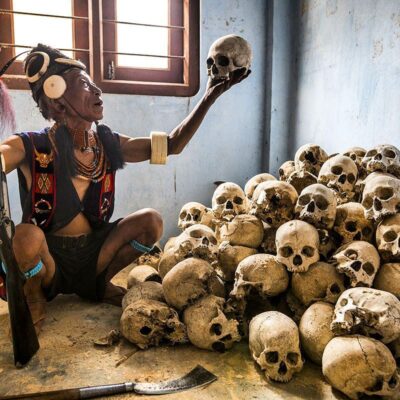
Changes in their culture and lifestyles
The Konyak Naga tribes Arunachal Pradesh are believers of Christianity, the killing of humans and animals are always against the religion. So, on account of murder, the head hunters had stopped the removal of heads. They are the survivors of the interior of the forests, so if somehow anyone moves around the mountains and forests, meet anyone with tattoos on the faces, there is the warrior, the head hunter has ripped off at least one head in his life. Tattoo on the bodies and faces are a sign of prestige and courage. Both women and men are observed with the tattoos, mostly figured on legs for women and men the entire body.
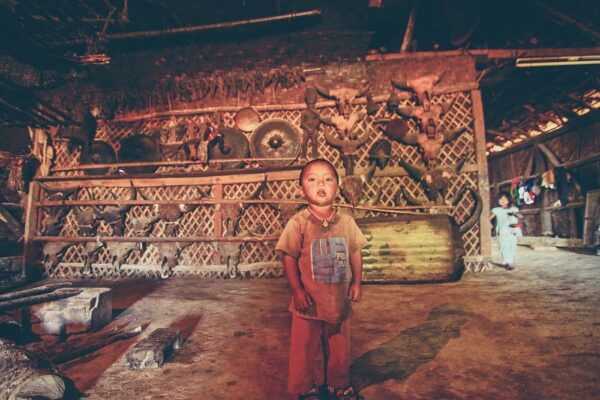
While after banning the head cutting, the new generations lack the skills and culture. But still, old people survive through whom the culture and society can still be assumed with the beaded ornaments, horns on the head, and full-body tattoos. They are old, uncomfortable to be in front of the new visitors, unlike the new generations. One Konyak man married more than one woman with many children; it was a part of their culture that has changed after their conversion to Christianity. The tattoos were different as it was based on the status for both married, unmarried women and men.

